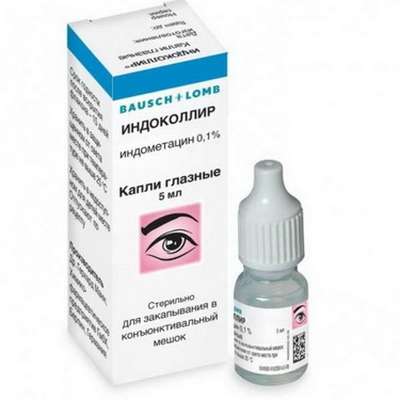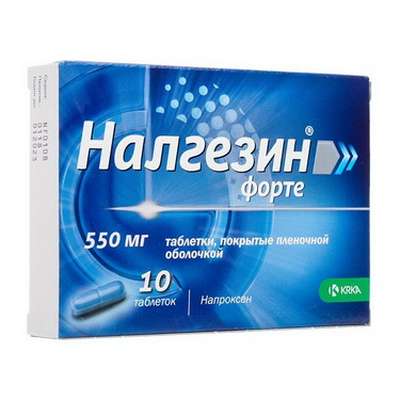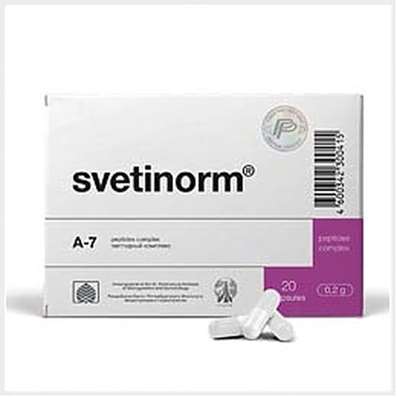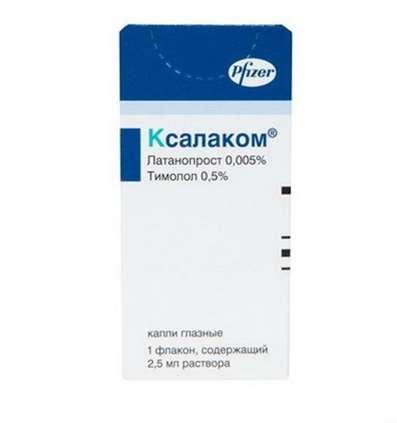Instruction for use: Haemodes-N
I want this, give me price
Dosage form: Solution for infusions
Active substance: Kalii chloridum + Calcii chloridum + Magnii chloridum + Natrii hydrocarbonas+ Natrii chloridum + Povidonum 8000
ATX
B05AA Blood substitutes and blood plasma preparations
Pharmacological group
Substitutes for plasma and other blood components in combinations
The nosological classification (ICD-10)
A00.9 Cholera, unspecified: Asian cholera; Rice decoction; Epidemic cholera
A02 Other salmonella infections: Salmonella; Salmonellae; Salmonella; Chronic Salmonella Bearing; Salmonella carriage
A03 Shigellosis
A04.9 Bacterial intestinal infection, unspecified: Bacterial intestinal infection; GI tract infections; Infections of intestinal bacterial; Digestive tract infections; Infectious and inflammatory diseases of the digestive tract; Infectious Disease of the GI tract; Infection of the intestine; Intestinal infection; Acute infectious disease of the digestive tract; Acute intestinal disease with colon lesions; Acute intestinal infection
A41.9 Septicemia, unspecified: Septic diseases; Septicemia / bacteremia; Toxico-infectious shock; Endotoxin shock; Bacterial septicemia; Bacterial infections of severe course; Generalized infections; Generalized systemic infections; Infections generalized; Wound sepsis; Septiccopymia; Septic-toxic complications; Septicemia; Septic conditions; Septic shock; Septic condition; Septic shock
K65 Peritonitis: Abdominal infection; Intra-abdominal infections; intra-abdominal infections; Diffuse peritonitis; abdominal Infections; Infections of the abdominal cavity; The infection of the abdominal cavity; The infection of the gastrointestinal tract; Spontaneous bacterial peritonitis
K72 Hepatic insufficiency, not elsewhere classified (including hepatic coma): Liver cell insufficiency; Pronounced hepatic encephalopathy; Coma hepatic; Latent hepatic encephalopathy; Insufficiency of the liver; Hepatic coma; Hepatic coma and precoma; Hepatic encephalopathy; Development of hepatic impairment; Encephalopathy of the liver; Inflammatory liver disease; Gepatargy; Encephalopathy portosystemic; Hepatocellular insufficiency; Hepatic precoma and coma; Portal-systemic encephalopathy
K77 Liver disorders in diseases classified elsewhere: Liver involvement
P39.9 Infection specific for the perinatal period, unspecified: Intrauterine infection; Toxemia of newborns
P55 Hemolytic disease of fetus and newborn: Rh-autoimmunization; Rh-isoimmunization; Rh-incompatibility; Rh-sensitization; Rhesus-conflict; Erythroblastosis of the fetus; Erythroblastosis of newborns
T30 Thermal and chemical burns of unspecified site: Pain syndrome with burns; Pain in burns; Pain with burns; Sluggishly healing post-burn wounds; Deep burns with a wet scab; Deep burns with abundant compartments; Deep burn; Laser burn; Burn; Burn of rectum and perineum; Burn with mild exudation; Burn disease; Burn injury; Superficial burn; Superficial burn of I and II degree; Superficial skin burns; After-burn trophic ulcer and wound; Post-burn complication; Loss of fluid in burns; Sepsis burn; Thermal burns; Thermal skin lesions; Thermal burn; Trophic after-burn ulcers; Chemical burn; Surgical burn
Z100 * CLASS XXII Surgical practice: Abdominal surgery; adenomectomy; Amputation; Coronary angioplasty; Angioplasty of the carotid arteries; Antiseptic skin treatment for wounds; Antiseptic Hand; Appendectomy; atherectomy; Balloon coronary angioplasty; Vaginal hysterectomy; The coronary bypass; Interventions in the vagina and cervix; Interventions on the bladder; Intervention in the mouth; Restoration and reconstructive surgery; Hand hygiene of medical personnel; Gynecologic surgery; Gynecological intervention; Gynecological surgery; Hypovolemic shock during operations; Disinfection of purulent wounds; Disinfection of wounds edges; Diagnostic intervention; Diagnostic procedures; Cervical Diathermocoagulation; Long-surgery; Replacing the fistula catheters; Infection in orthopedic surgery; Artificial heart valve; cystectomy; Short-term outpatient surgery; Short-term operation; Short surgical procedures; Krikotireotomiya; Blood loss during surgery; Bleeding during surgery and in the postoperative period; Kuldotsentez; laser photocoagulation; laser coagulation; retinal laser coagulation; Laparoscopy; Laparoscopy in Gynecology; CSF fistula; Small gynecological operations; Small surgical procedures; Mastectomy and subsequent plastic; mediastinotomy; Microsurgical operations on the ear; Mukogingivalnye operation; suturing; Minor surgery; neurosurgical operation; Immobilization of the eyeball in ophthalmic surgery; testectomy; pancreatectomy; Perikardektomiya; The period of rehabilitation after surgery; The period of convalescence after surgery; Percutaneous transluminal coronary angioplasty; Pleural thoracentesis; Pneumonia postoperative and posttraumatic; Preparation for surgical procedures; Preparation for surgery; Preparation of the surgeon's hands before surgery; Preparation of the colon for surgical procedures; Postoperative aspiration pneumonia in neurosurgical and thoracic surgery; Postoperative nausea; Postoperative bleeding; postoperative granuloma; postoperative shock; The early postoperative period; myocardial revascularization; Radiectomy; gastric Resection; bowel resection; uterine Resection; liver Resection; enterectomy; Resection of part of the stomach; Reocclusion of the operated vessel; Bonding tissues during surgical procedures; Removal of sutures; Condition after eye surgery; Condition after surgery; Condition after surgery in the nasal cavity; Condition after gastrectomy; Status after resection of the small intestine; Condition after tonsillectomy; Condition after removal of the duodenum; Condition after phlebectomy; Vascular surgery; Splenectomy; Sterilization of surgical instruments; Sterilization of surgical instruments; sternotomy; Dental surgery; Dental intervention in periodontal tissues; strumectomy; Tonsillectomy; Thoracic surgery; Thoracic surgery; total gastrectomy; Transdermal intravascular coronary angioplasty; Transurethral resection; Turbinektomiya; Removal of a tooth; cataract surgery; Removal of cysts; tonsillectomy; Removal of fibroids; Removing the mobile primary teeth; Removing polyps; Removing broken tooth; Removal of the uterus body; Removal of sutures; Fistula likvoroprovodyaschih ways; Frontoetmoidogaymorotomiya; Surgical infection; Surgical treatment of chronic limb ulcers; Surgery; The surgery in the anal area; The surgery on the colon; Surgical practice; The surgical procedure; Surgical interventions; Surgery on the gastrointestinal tract; Surgical procedures on the urinary tract; Surgical procedures on the urinary system; Surgical intervention of the genitourinary system; Surgical procedures on the heart; Surgical manipulation; surgery; Surgery on the veins; Surgical intervention; Vascular surgery; Surgical treatment of thrombosis; Surgery; cholecystectomy; Partial gastric resection; hysterectomy; Percutaneous transluminal coronary angioplasty; Percutaneous transluminal angioplasty; Coronary artery bypass; tooth Extirpation; Extirpation of milk teeth; pulpectomy; pulsative cardiopulmonary bypass; tooth Extraction; teeth Extraction; cataract extraction; Electrocoagulation; endourological intervention; episiotomy; Etmoidotomiya; Complications after tooth extraction
Composition and release form
Solution for infusion - 1 liter
Polyvinylpyrrolidone low molecular weight (molecular weight 8000 ± 2000) 60 g
Sodium chloride 5.5 g
Potassium chloride 0.42 g
Calcium chloride 0.50 g
Magnesium chloride anhydrous 0.005 g
Sodium bicarbonate 0.23 g
Water for injection up to 1 liter
In bottles for blood substitutes of 200 or 400 ml.
Description of dosage form
Transparent liquid of light yellow or yellow color.
Characteristic
Infusion solution. A preparation of low molecular weight polyvidone. Ionic composition: Na + - 2.22 mg / ml; K + - 0.22 mg / ml; Ca2 + - 0.0915 mg / ml; Mg2 + - 0.0006 mg / ml; Cl- 3.63 mg / ml; PH 5.2-7.0. The relative viscosity is 1.3-1.8; Osmolarity - 214-228 mOsm / l.
Pharmachologic effect
Mode of action - Antiaggregational, detoxification, plasma-substituting.
The mechanism of action is due to the ability of low molecular weight povidone to bind toxins circulating in the blood, and quickly remove them from the body.
Pharmacodynamics
Hemodez-H differs from Hemodesis by the lower molecular weight of povidone used for its manufacture. The decrease in the molecular weight of the polymer accelerates the excretion of it by the kidneys from the body and improves the detoxification properties of the preparation. It enhances kidney blood flow, increases glomerular filtration and increases diuresis.
Pharmacokinetics
Metabolic transformations in the body are not affected. The drug is excreted by the kidneys for 12-13 hours.
Indications of the drug Haemodes-N
As a detoxification agent for toxic forms of acute infectious intestinal diseases (dysentery, salmonellosis, etc.); As a means of detoxification in the postoperative period with peritonitis; With liver diseases accompanied by the development of hepatic insufficiency; With burn disease, sepsis, as well as hemolytic disease of newborns, intrauterine infection and toxemia of newborns.
Contraindications
Hypersensitivity to the drug; Hemorrhages in the brain; Cardiovascular failure.
Side effects
With a slow administration, there are usually no complications. Introduction with increased speed can cause lowering blood pressure, tachycardia, difficulty breathing and require the introduction of vasoconstrictor and cardiac agents, calcium chloride. In some patients, allergic reactions may occur, up to the development of anaphylactic shock. In these cases, it is necessary to immediately stop the infusion, conduct symptomatic therapy (to introduce antihistamines, cardiotonic, vasopressor drugs, glucocorticoids).
Dosing and Administration
IV, by drop infusion.
Before administration, the solution is warmed to body temperature. Enter in / in a drip with a speed of 40-80 cap / min. A single dose depends on the age of the patient and the severity of intoxication. For adults, the maximum single dose is 400 ml.
Children start with 2.5 ml / kg. The maximum single dose for infants is 50 ml, for children 2-5 years - 70 ml, for children 6-9 years - 100-150 ml, for children 10-15 years - 200 ml.
The drug is administered 1-2 times a day, depending on the severity of intoxication.
Special instructions
Single and multiple freezing does not affect the quality of the drug.
Vials with a frozen solution are kept at room temperature until thawing and the contents are mixed.
Manufacturer
JSC "Biochimik", Russia.
Storage conditions of the drug Haemodes-N
At a temperature of 0-20 ° C.
Keep out of the reach of children.
The shelf life of the drug Haemodes-N
3 years.
Do not use beyond the expiration date printed on the package.

 Cart
Cart





